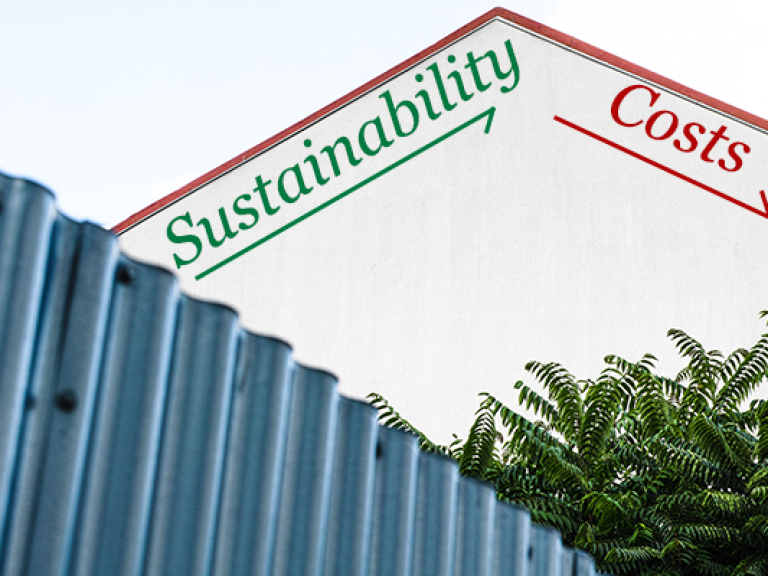
Negative gearing is the tax benefit that accrues when the income from an investment fails to cover the outlays on that investment so that you are making a ‘book loss’ or negative income. The difference between your outlays and your income is tax deductible. It can be offset against your personal income (including salary) to reduce your taxable income.
What cash deductions can you claim?
□ Loan interest (other borrowing costs such as loan application and valuation fees, mortgage registration and insurance are deductible over a period of time)
□ Insurance premiums.
□ Fees, for example, for property/rental management, legal advice, and accountancy (if you decide to get all these deductions drawn up by a professional).
□ Rates and local government charges.
□ Maintenance, repair and upkeep costs.
□ Sundry business expenses such as bank charges, stationery and travel (including reasonable inspections of property out-of-state).
Depreciation
The depreciation of an asset used to produce income is also a (non-cash) deductible item. This means that you can claim a percentage of the declining value of furniture, fixtures, and fittings, over a number of years of wear and tear – plus the depreciation of the building itself if it is a residential building constructed after July 1985 and used to produce income.
| Construction commenced | Claimable depreciation rate | Spread over |
|---|---|---|
| July 1985–September 1987 | 74% | 25 years |
| September 1987 onwards | 2.5% | 40 years |
There are different ways of calculating and handling depreciation. For example, you can separate the fixtures and fittings from the building structure on newer homes and depreciate these on an accelerated basis. We will cover this in detail in Unit 11.4. For now, just note that the depreciation on a new building can add up to thousands of dollars a year, significantly reducing your taxable income and therefore your tax payments. This is what makes the cash flow equation work best.
Asset, not emotion
A lot of investors buy older properties because they think they are ‘better value’ ($5,000– 10,000 cheaper) or because they ‘prefer the feel’ of an older house. But it is the land that appreciates in value: the house is only the vehicle by which you are generating rental income and qualifying for tax deductions so that you can cover your outlays while you achieve capital growth.
This isn’t your home we’re talking about: it’s a negatively-geared asset so you need logic, not emotion, for capital growth. A new house is a better investment from the point of view of depreciation.
What about goods and services tax?
Without getting too technical at this stage, residential rent is input taxed which basically means that a residential landlord is not required to collect goods and services tax (GST) on residential rent.
However, the residential landlord will pay GST when incurring expenses associated with the property such as repairs and maintenance, and agents’ fees. The residential landlord will not be able to claim a GST input tax credit for the GST included in the expenses. However, as we have already seen, the total amount of the expense including GST may be allowed as an income tax deduction through negative gearing.
If you are personally trading in property and registered for GST (your annual turnover exceeds $75,000 per annum, excluding rental income, salary and wages income) the sale of a property will be subject to GST. Unless you are conducting a business in your own name, or are buying and selling newly-constructed properties on a regular basis, you shouldn’t need to register for GST. On property alone, you would need to sell more than one new property every 12 months, which, as we will see in Session 5.5, is not recommended. However, you should check your position with a competent accountant.
What about capital gains tax?
When you sell (or otherwise dispose of) an asset acquired after 19 September 1985, you are liable for capital gains tax (CGT) on any increased value or profit. In terms of property, your home is exempt but your investment property isn’t.
The amount of CGT is calculated as the sale price (consideration) minus the buying cost of the property (reduced by 50 percent where the property has been held for a period of 12 months or more which our structure strongly recommends).
Calculating CGT is a complex business (particularly since, for a property purchased prior to 21 September 1999, you have the option to index the buying cost for inflation). Don’t panic! Most people don’t do their own CGT calculations: they keep their basic purchase/expenditure/ sale records and then hand them over to a competent accountant. Highly recommended.
>>> Coming Next: Exploiting Intrinsic Land Value
Please note: This is an extract from the Success From Scratch – it may not contain the exercises from the full version of the book/audio set, for full version please contact us or follow our blog for more.
Thank you,
The team@Custodian








